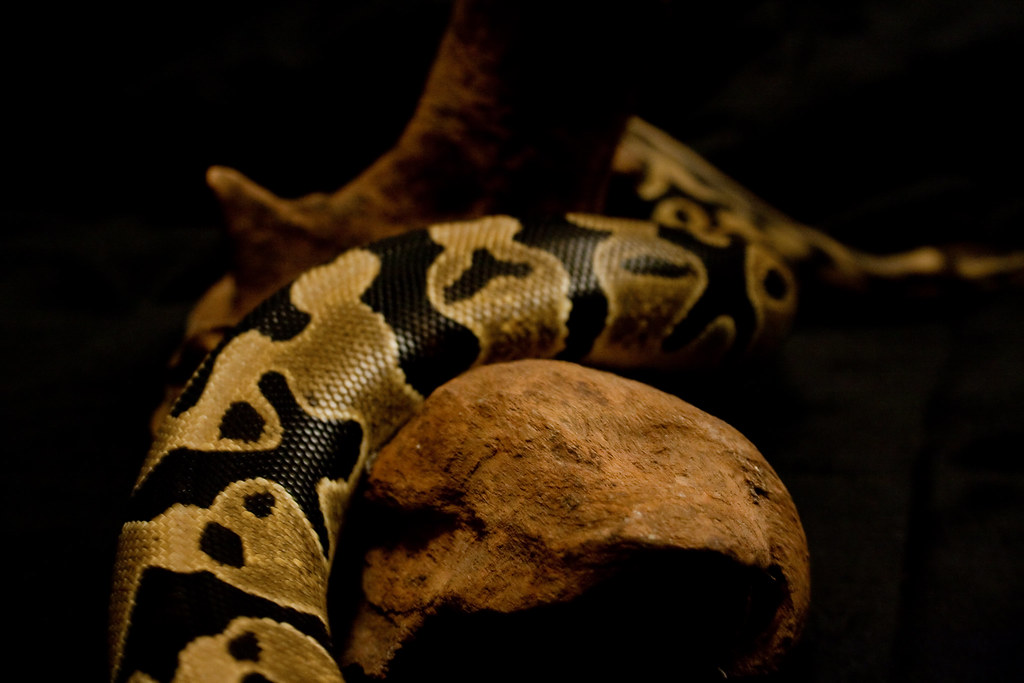Throughout history, mythical creatures have captivated human imagination, serving as vehicles for our deepest fears and fascinations. Among these legendary beasts, few possess the lethal reputation of the basilisk – a creature so deadly that merely meeting its gaze meant certain death. This serpentine monster has slithered through centuries of folklore, literature, and modern pop culture, leaving a trail of fascination and dread in its wake. From ancient Roman naturalists to medieval bestiaries, from Renaissance art to the Harry Potter series, the basilisk’s deadly stare continues to enthrall us with its terrifying power. Let’s explore the rich historical tapestry and enduring cultural significance of this most deadly of mythical creatures.
Origins of the Basilisk Legend
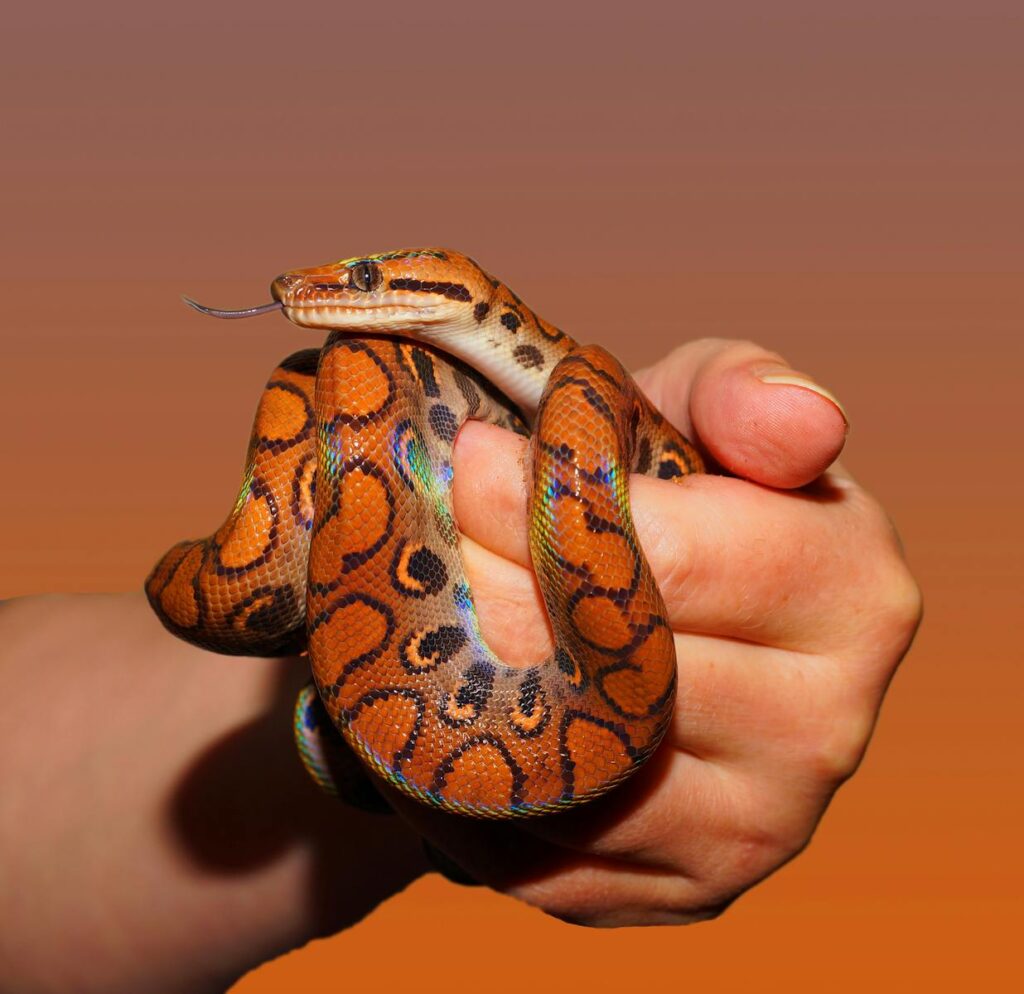
The basilisk’s story begins in the ancient world, with the earliest detailed description appearing in Pliny the Elder’s “Natural History” from the 1st century CE. The name “basilisk” derives from the Greek “basiliskos,” meaning “little king,” referring to the crown-like crest or marking on its head. According to Pliny, the basilisk originated in the province of Cyrenaica (modern-day Libya) and was a small serpent, not more than twelve fingers in length, yet possessed of extraordinary deadly powers. Ancient accounts suggested the creature was born from eggs laid by roosters and incubated by toads or serpents – an unnatural birth for an unnatural creature. This unusual origin story reflects the common belief that monsters often emerged from perversions of the natural order, reinforcing the basilisk’s status as a creature that defied nature’s laws.
The Basilisk’s Deadly Powers
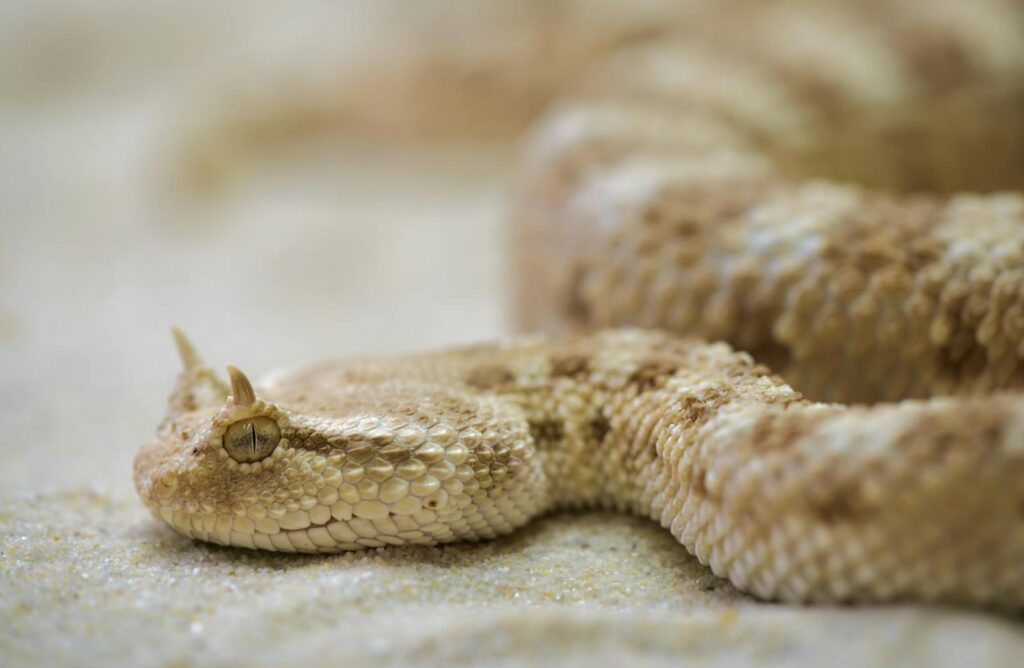
What made the basilisk truly terrifying was its arsenal of lethal abilities that extended far beyond those of any natural predator. First and foremost was its legendary death gaze – any living being that made direct eye contact with the basilisk would perish instantly. This power made the basilisk nearly impossible to confront directly, as even attempting to observe it could prove fatal. Beyond its gaze, the basilisk was said to possess breath so toxic it could wither plants, crack stones, and poison the very air around it. Some accounts even claimed the creature left a trail of venom in its wake that could render soil barren for years. Its touch was equally deadly, with medieval sources claiming that if a mounted knight struck the basilisk with a spear, the venom would travel up the weapon, kill the horse, and then the rider in quick succession.
Physical Descriptions Across Cultures
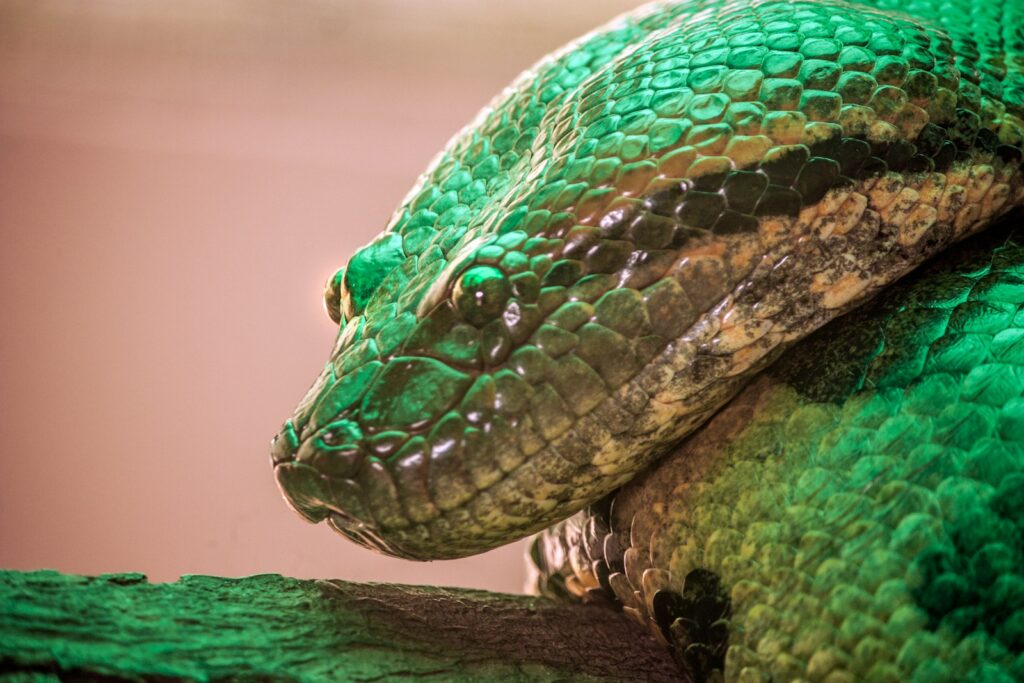
The basilisk’s appearance has evolved considerably throughout its mythological history, reflecting the cultural contexts in which the legend spread. In early Roman accounts, it was described simply as a small serpent with distinctive markings resembling a crown. By the Medieval period, European bestiaries had transformed the creature into a more fantastical form – often depicted as a crested serpent or a reptile with a rooster’s head, sometimes with eight legs or the wings of a dragon. The 13th-century bestiary of Pierre de Beauvais described it as having the head of a rooster, the body of a serpent, and the wings of a bird. These hybrid features emphasized its unnatural origin and connected it to other chimeric monsters of the period. The inconsistency in physical descriptions suggests the basilisk served more as a symbol of inexplicable deadly power than as a creature with a fixed form.
The Basilisk in Classical Literature
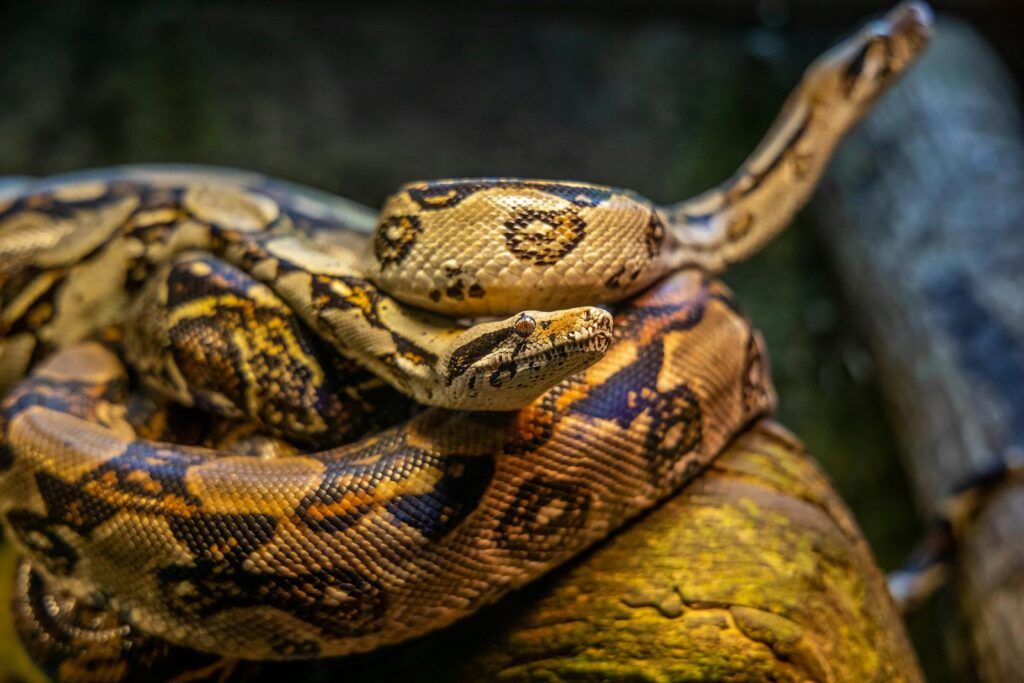
Beyond Pliny’s initial account, the basilisk appeared in numerous classical texts, cementing its place in the ancient bestiary of mythical creatures. The Roman poet Lucan mentioned the basilisk in his epic “Pharsalia,” describing it as a desert creature so venomous that even other serpents fled from its presence. The Greek physician Dioscorides included the basilisk in his pharmacological works, discussing (theoretical) treatments for its venom, though he admitted most victims died before help could arrive. Isidore of Seville, in his 7th century “Etymologies,” further elaborated on the creature, describing it as the “king of serpents” whose very scent could kill snakes. These classical references established a foundation that would be built upon by later writers and naturalists, each adding new details to the expanding basilisk lore while maintaining its essential characteristic as the deadliest creature imaginable.
Medieval Interpretations and Symbolism
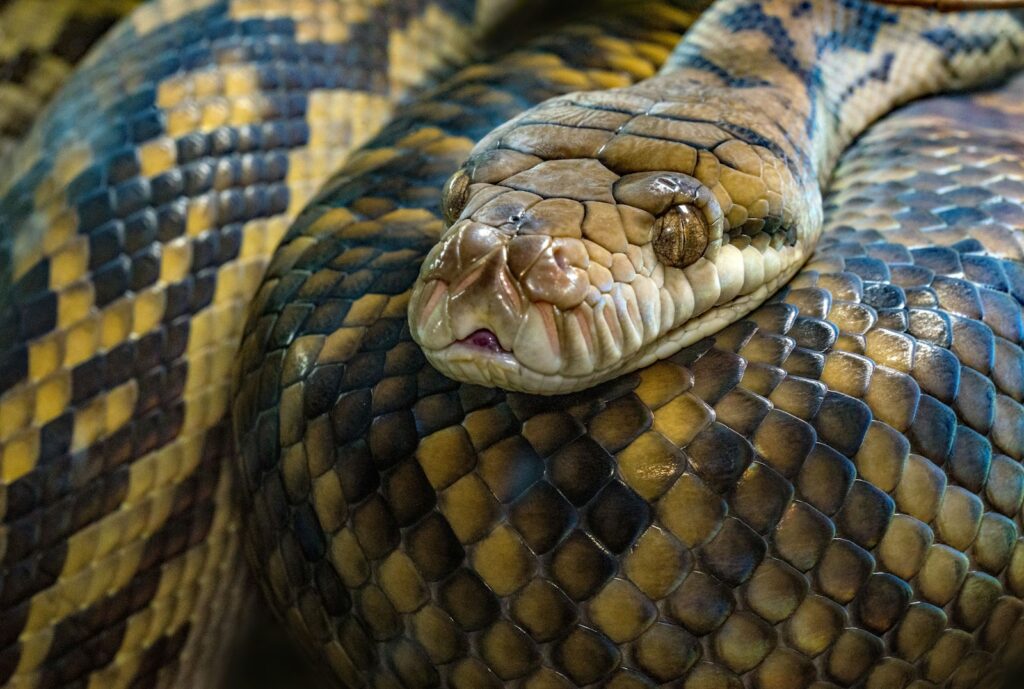
During the Middle Ages, the basilisk acquired additional layers of symbolic meaning as Christianity reinterpreted pagan myths through a religious lens. Medieval bestiaries often presented the basilisk as an embodiment of sin, death, or the devil himself. The creature’s ability to kill with a glance was compared to the spiritual death that could result from exposure to evil influences or heretical ideas. Illuminated manuscripts frequently depicted the basilisk alongside biblical scenes of temptation or damnation. Some Christian interpretations connected the basilisk to Psalm 91:13, which mentions trampling the “adder and the basilisk” – taken as an allegory for Christ’s triumph over evil. The basilisk also featured in heraldry and decorative architecture of churches, where it represented conquered evil or served as a warning against sin, demonstrating how thoroughly the creature had been integrated into medieval Christian symbolism.
Legendary Methods of Defense
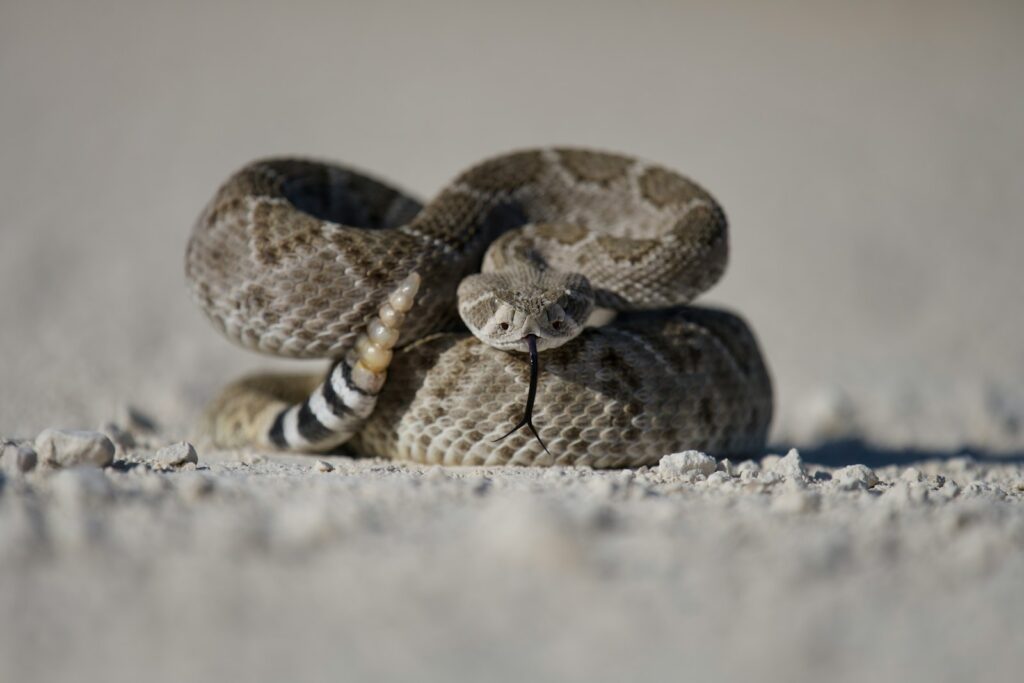
Given the basilisk’s formidable powers, folklore developed several ingenious methods for confronting the seemingly undefeatable monster. The most famous defense involved mirrors – warriors could supposedly approach the basilisk while looking at its reflection, thus avoiding its direct gaze while still being able to target the creature. This strategy appears in numerous folk tales and later literary works, including some versions of the Perseus and Medusa myth that borrowed this element. Another legendary defense came from the weasel, reputed to be the basilisk’s natural enemy and the only creature immune to its powers. According to Pliny and later medieval sources, the smell of a weasel could kill a basilisk, leading some brave souls to supposedly employ weasels when clearing basilisk-infested areas. Most elaborate was the rooster defense – since the basilisk feared or could be destroyed by the crow of a rooster (ironically, considering its partial rooster lineage in some accounts), travelers in suspicious territories would reportedly carry roosters as protection.
The Basilisk in Renaissance and Early Modern Thought
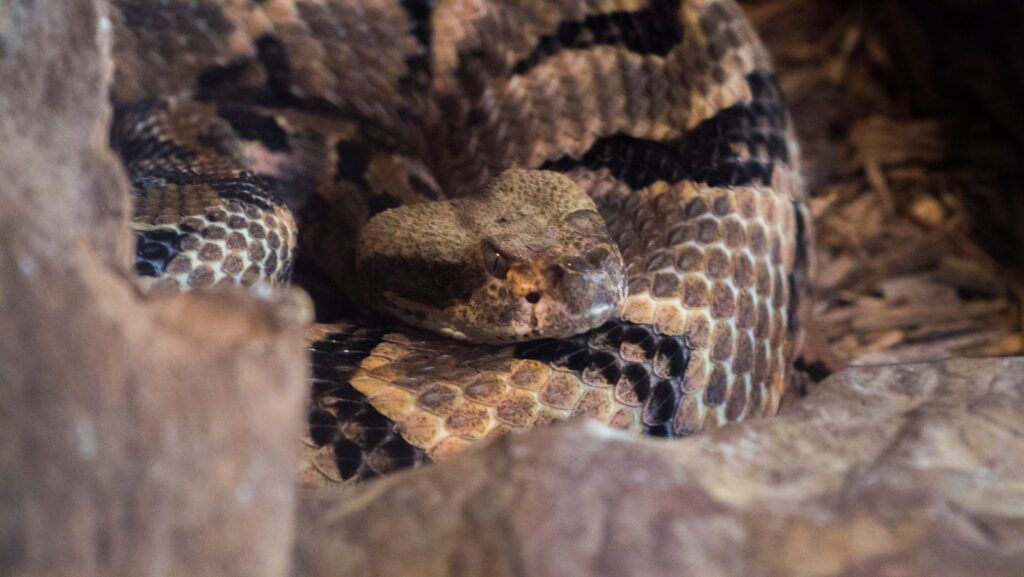
Rather than fading with the advent of the Renaissance and the scientific revolution, the basilisk legend adapted to the changing intellectual climate. Naturalists of the 16th and 17th centuries, still operating in a world where the boundary between observed fact and received wisdom remained blurry, attempted to incorporate the basilisk into their catalogues of natural phenomena. The Swiss naturalist Conrad Gessner included the basilisk in his “Historiae Animalium” (1551), though he expressed some skepticism about its more fantastic properties. Various “basilisk specimens” appeared in cabinets of curiosities throughout Europe – these were typically manufactured by creative taxidermists using dried skates, small reptiles, or other animals artfully modified to match descriptions of the legendary beast. Some medical treatises of the period still recommended remedies for basilisk poisoning, indicating the lingering belief in the creature’s existence even among educated classes.
Regional Variations of the Basilisk Legend
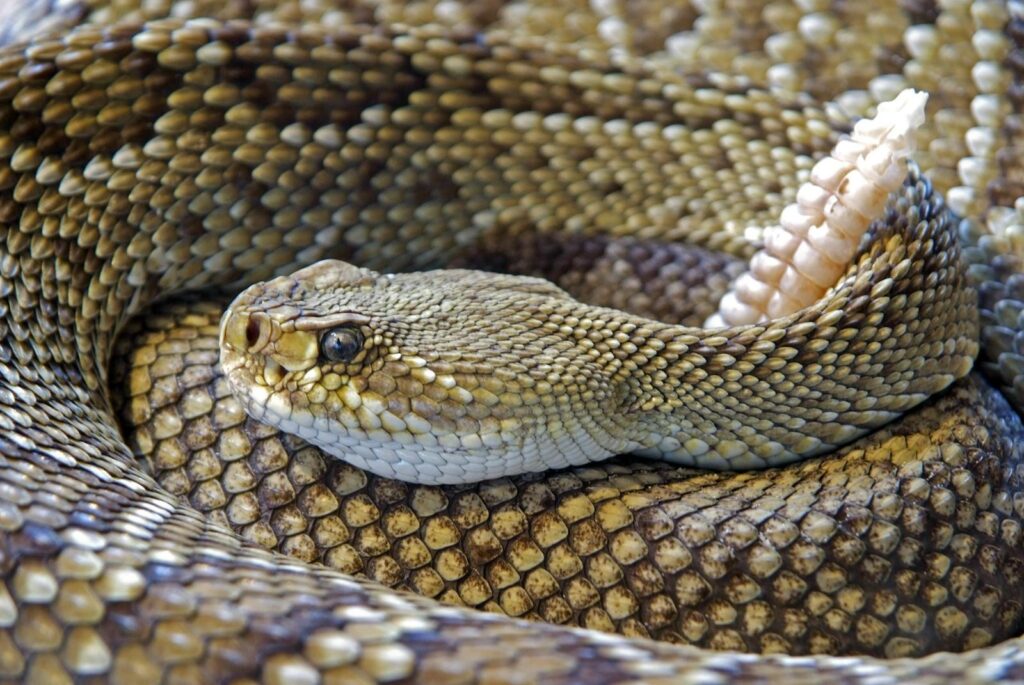
As the basilisk legend spread across Europe and beyond, it acquired distinctive regional characteristics that reflected local concerns and cultural contexts. In Polish folklore, particularly associated with Warsaw, the basilisk became known as the “król wężów” (king of snakes) and was said to inhabit the cellars of ruined buildings, serving as an explanation for unexplained deaths in abandoned areas. Swiss versions of the tale often placed the creature in mountain caves, where it guarded hidden treasures – perhaps reflecting the Alpine region’s topography and mining history. In parts of Latin America, particularly after Spanish colonization introduced the legend, the basilisk merged with indigenous serpent myths to create unique hybrid creatures like the “basilisco chilote” of Chilean mythology. These regional adaptations demonstrate how the basic template of the basilisk – a serpentine creature with deadly powers – proved flexible enough to address specific cultural fears and environmental concerns across diverse societies.
Scientific Explanations and Real-World Inspirations

Modern zoologists and folklorists have proposed several theories to explain the persistence and widespread nature of basilisk legends. Some suggest the myth might have origins in encounters with genuinely venomous snakes like the king cobra or Egyptian cobra, whose upright posture when threatened could resemble the “crowned” serpent of legend. Others point to the psychological impact of discovering certain snakes that can spit venom at predators’ eyes, potentially giving rise to stories about deadly gazes. The basilisk’s supposed ability to wither plants may reflect observations of areas where highly venomous snakes lived, where animals might have avoided grazing, allowing certain toxic plants to flourish. The connection to roosters could stem from the genuine fear that small venomous snakes might lurk in henhouses or other domestic spaces. While these explanations cannot account for the basilisk’s more fantastical elements, they suggest how encounters with real animals might have provided the foundation upon which increasingly elaborate legends were built.
The Basilisk in Literature and Popular Culture
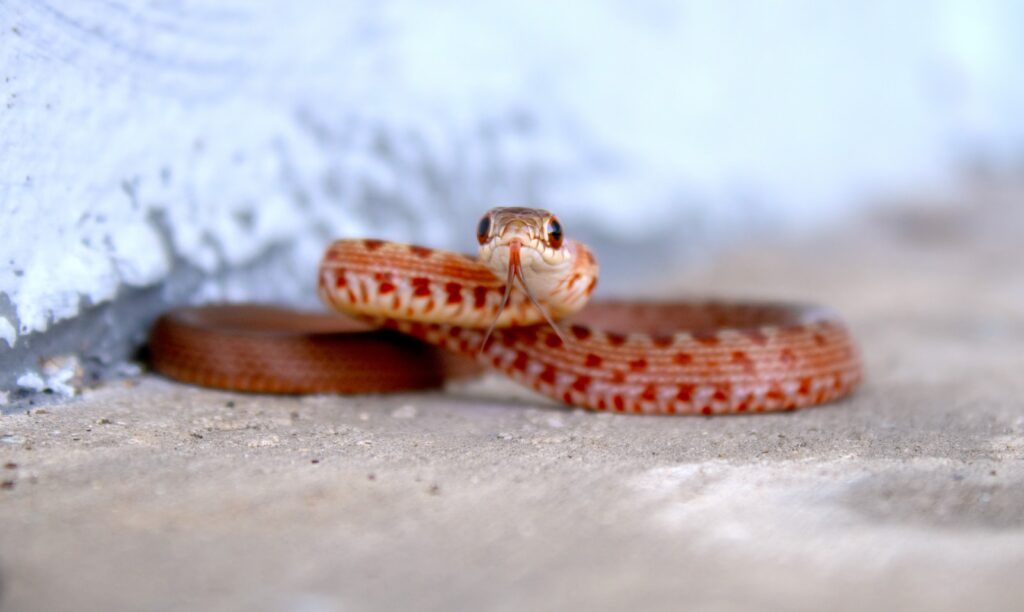
The basilisk has maintained a prominent place in literature and popular culture from ancient times to the present day. Medieval epics and romances frequently featured the creature as an ultimate test for knights, with Chaucer referencing it in “The Parson’s Tale” as a symbol of deadly sin. During the Renaissance, Shakespeare mentioned the basilisk in “Richard III” and “Cymbeline,” using it as a metaphor for dangerous influence. The creature experienced a significant revival during the Gothic period, appearing in works like Percy Shelley’s “Ode to Naples.” In modern times, the basilisk features prominently in fantasy literature, most famously in J.K. Rowling’s “Harry Potter and the Chamber of Secrets,” where it maintains many of its traditional characteristics while gaining new elements suited to the wizarding world. The creature has also appeared in numerous video games, television series, and films, often serving as a formidable boss enemy or representing ancient, mysterious power – demonstrating how this classical monster continues to evolve while maintaining its essential identity as the deadliest of beasts.
The Modern Basilisk: From Myth to Zoology
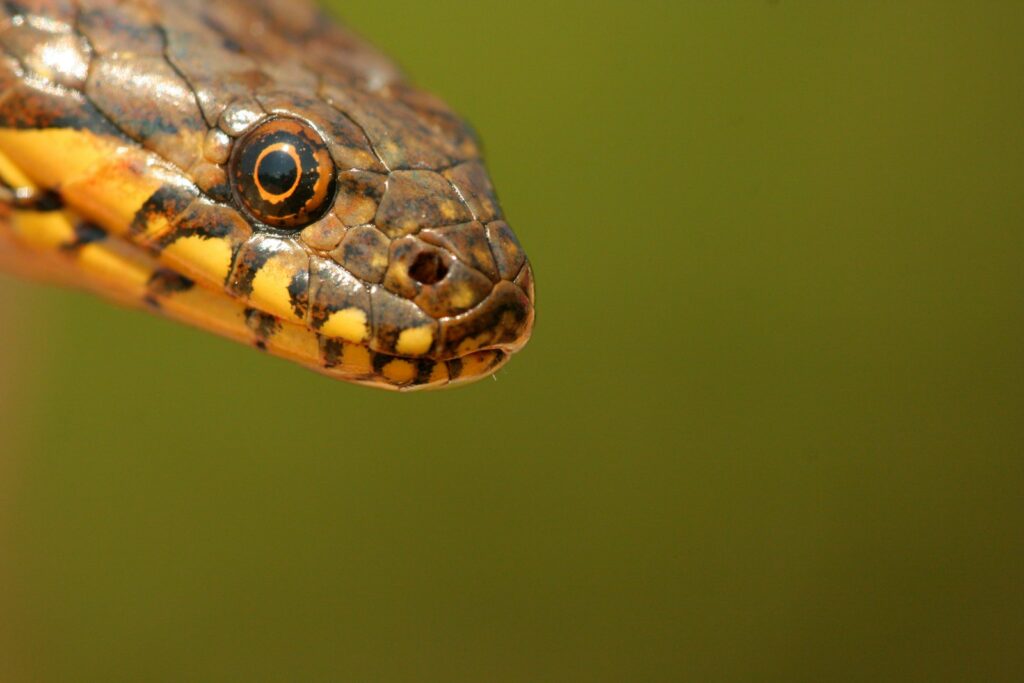
In a curious twist of nomenclature, the name “basilisk” was adopted by modern zoology for a genus of entirely harmless reptiles (Basiliscus) native to Central and South America. These real-life basilisks, also known as Jesus Christ lizards for their ability to run across water for short distances, bear little resemblance to their mythological namesake beyond their crested heads, which vaguely recall the “crown” of the legendary creature. The scientific naming represents a common pattern where mythological terms were applied to newly discovered species during the development of Linnaean taxonomy. Other examples of this phenomenon include the monstrous Hydra giving its name to a tiny freshwater organism, or the fearsome Kraken being linked to the giant squid. The contrast between the deadly mythological basilisk and the harmless modern lizard demonstrates how natural science has gradually incorporated and tamed the mysterious creatures of legend, transforming them from objects of terror to subjects of scientific study.
Philosophical and Psychological Interpretations

Beyond its literal appearances in mythology and literature, the basilisk has inspired philosophical and psychological interpretations that explore its deeper symbolic meanings. Some scholars view the basilisk as an embodiment of humanity’s fear of the unknown or the inexplicable – a creature that kills without physical contact represents anxieties about invisible threats or influences beyond our comprehension. The basilisk’s deadly gaze has been interpreted through psychological frameworks as a manifestation of the concept of the “evil eye” – a nearly universal cultural belief in the power of malevolent looking that appears in traditions worldwide. From a philosophical perspective, the basilisk presents an interesting paradox – a creature that cannot be directly observed without fatal consequences creates epistemological problems about how knowledge of such a being could be obtained or verified. This parallels certain aspects of quantum theory, where observation itself affects the phenomenon being studied, and has led to modern thought experiments like Roko’s Basilisk, a hypothetical artificial intelligence that punishes those who knew about it but didn’t help create it.
The Enduring Appeal of the Basilisk
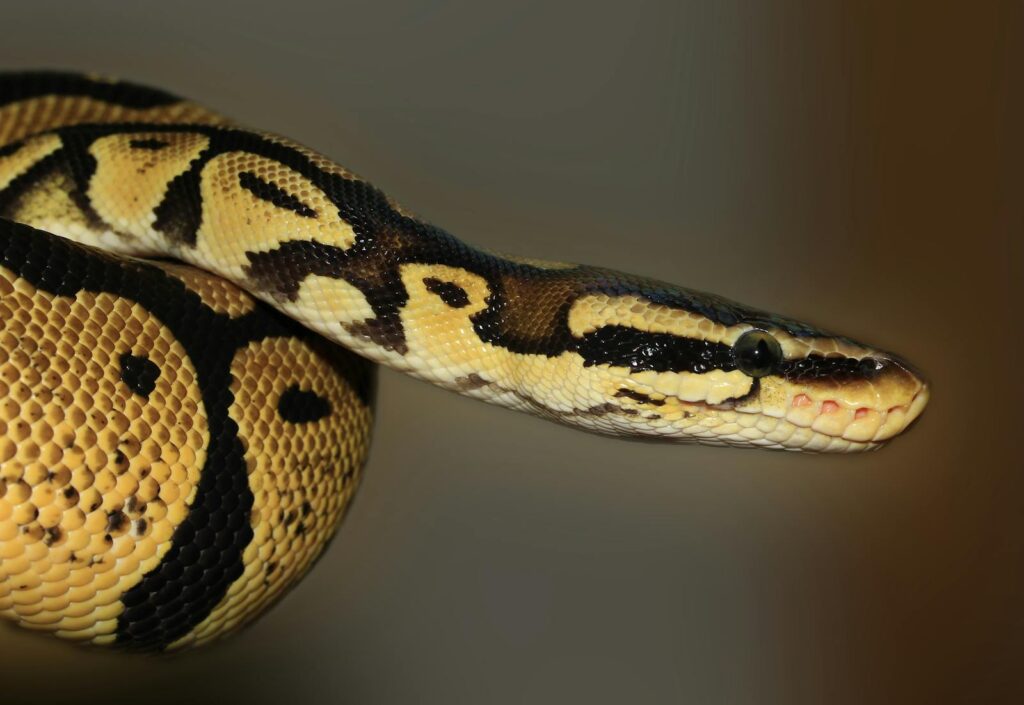
What explains the remarkable longevity of the basilisk legend across thousands of years and diverse cultures? The creature’s enduring appeal likely stems from its embodiment of fundamental human fears in a concrete form that can be described, depicted, and potentially overcome. The basilisk represents the terror of sudden, unexplainable death – a concern as relevant in the age of unknown pathogens as it was in ancient times. Its ability to kill with a glance speaks to anxieties about hidden dangers and invisible threats that might strike without warning. Yet crucially, the legend also provides potential defenses against this seemingly invincible foe – whether mirrors, weasels, or roosters – suggesting that even the most terrible dangers can be countered with the right knowledge. This combination of extreme danger and possible protection creates a perfect narrative tension that has kept the basilisk relevant through changing cultural contexts. As we continue to face new and sometimes invisible threats in the modern world, the ancient image of the basilisk – the creature whose very glance means death – continues to resonate as a powerful symbol of our deepest fears given serpentine form.
From ancient deserts to medieval bestiaries, from Renaissance natural philosophy to modern fantasy literature, the basilisk has slithered through human imagination for millennia. This legendary creature, with its lethal gaze and toxic presence, represents more than just another mythical monster – it embodies fundamental human anxieties about unseen dangers and inexplicable death. Though science has long since dispelled belief in the literal existence of death-dealing serpents, the basilisk’s cultural power remains undiminished. Whether encountered in ancient texts, museum specimens, or popular entertainment, the basilisk continues to fascinate us precisely because it touches something primal in our psychology – the fear of what cannot be safely perceived, and the hope that even the deadliest threats can somehow be overcome. As long as humanity grapples with invisible dangers and sudden mortality, the king of serpents will likely maintain its royal place in our collective imagination.

